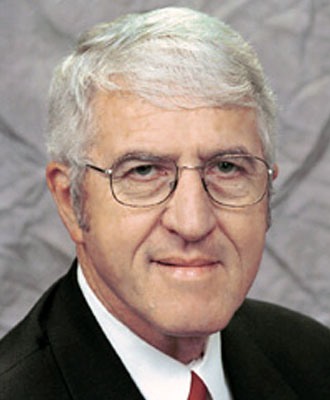To attend, please RSVP to epp@cseg.ca.
Unless we have exceeded the allowable number of people for the auditorium, we will not be replying to your email.
LunchBox Geophysics is free! Simply bring your own lunch (refreshments provided) and enjoy.
Abstract
The principles of seismic stratigraphy form the foundation of seismic data interpretation and establish a methodology by which depositional environments, stratigraphic relationships, reservoir architecture, and distributions of rock types can be inferred from seismic sequences and seismic facies. The science of seismic stratigraphy was introduced in a formalized manner in the 1970's using P-wave seismic data, and thousands of geological problems have been analyzed with seismic stratigraphy concepts since the 1970's using only P-wave seismic data.
Even though the principles of seismic stratigraphy can be applied to S-wave seismic data in the same way that the concepts are applied to P-wave data, only a few examples of seismic stratigraphy studies in which S-wave data are analyzed can be found in the literature. Scientists at the Bureau of Economic Geology have found that interpreting the full-elastic wavefield with seismic stratigraphy principles yields more geological information than when a seismic stratigraphy interpretation is limited to only the P-wave mode of the elastic wavefield. This discussion will summarize some of these research findings and will present examples where elastic-wavefield seismic stratigraphy provides geological information that cannot be provided by single-component P-wave seismic stratigraphy.
Biography
Bob A. Hardage is Senior Research Scientist at the Bureau of Economic Geology and founder and Principal Investigator of the Exploration Geophysics Laboratory (EGL). EGL focuses on the development and application of multicomponent seismic technology. Before moving to the Bureau in 1991, Bob was Exploration Manager for Asia/South America at Phillips Petroleum Company and Vice President of Marketing and Geophysical Development at Western Atlas. He has written three books on seismic topics, published numerous papers in technical journals, and teaches short courses and workshops at several venues each year. He is past Editor of GEOPHYSICS and presently writes the monthly Geophysical Corner article for the AAPG Explorer magazine.





